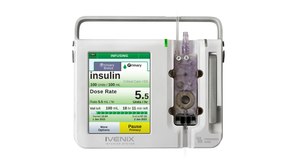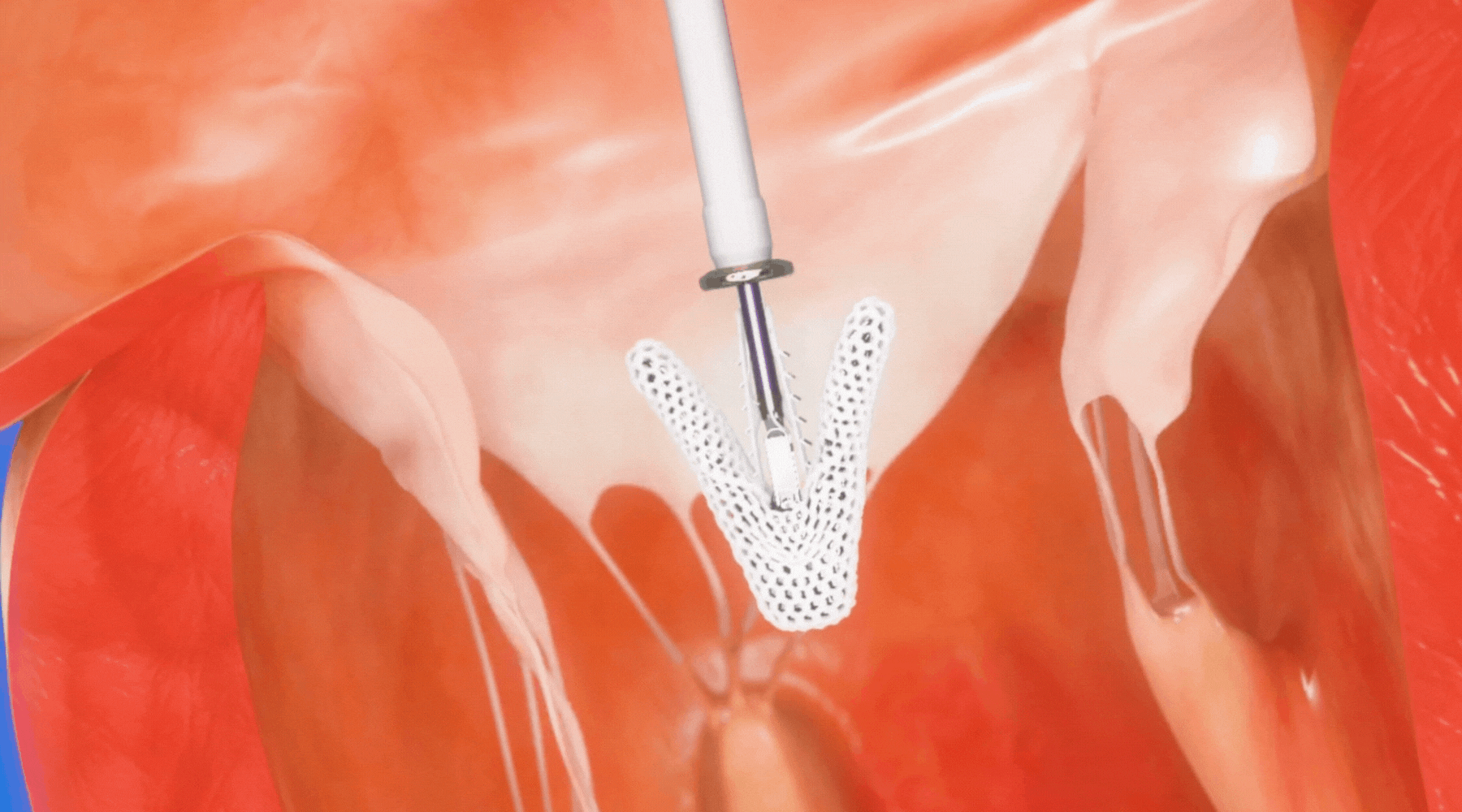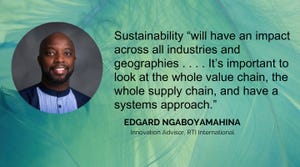January 1, 2009
Originally Published MPMN January/February 2009
EDITOR'S PAGE
It's Only Natural
|
The idea of surgeons removing a diseased gallbladder or appendix through someone’s mouth can be a tough pill to swallow. But in just a few years, procedures performed through natural orifices could be the norm. In order to get to that point, however, trailblazers in this groundbreaking surgical technique face an uphill battle fraught with skepticism and a new set of demands for the medical device industry.
Essentially touted as the next surgical frontier, natural orifice translumenal endoscopic surgery (NOTES) combines endoscopic and laparoscopic methods for procedures requiring minimal or, ideally, no external incisions. Instead, surgeons insert instruments into natural orifices—such as the mouth, vagina, or rectum—and navigate the body by making internal incisions when necessary to facilitate access to the desired area. Although still in the experimental phase, NOTES is believed to offer faster healing times, minimal or no visible scarring, and less pain than even minimally invasive surgery. The lack or minimization of external incisions also reduces the opportunity for surgical site infections and hernias.
Because of these potential advantages, many members of the medical community are atwitter about the prospect of NOTES. But as with any innovation, there is also some resistance. And rightfully so, according to Mark Talamini, chair of the NOTES-pioneering University of California, San Diego (UCSD) Medical Center’s department of surgery. In an interview for the UCSD television segment, “Health Matters,” Talamini admits that although numerous NOTES procedures have been successful, there is not yet a conclusion drawn as to whether NOTES is better than minimally invasive surgery or is even the “right thing to do.”
NOTES advocates also must win over the public. If the friends and family to whom I have described NOTES are any indication, this could prove to be challenging. In my experience, each description of NOTES met with the similar reaction consisting of a cringe punctuated with an interjection along the lines of “That’s disgusting!”
But only expansion of clinical trials and time will truly provide insight as to the viability, safety, and future of NOTES. One thing is for sure, however: To move forward with NOTES, new tools are essential. And that’s one challenge that OEMs can help overcome.
“We don’t have the right tools right now to do this, and that’s the reason we’re using this hybrid approach,” Talamini said. He envisions perhaps using a multipurpose Swiss army knife–style endoscope equipped with knives as well as cauterizing and suturing capabilities for the surgery. Other NOTES surgeons have also expressed the need for flexible instruments and tools with multiple heads.
Developing much-needed instruments for NOTES could not only contribute to progress, it could also open up a wealth of opportunities and a whole new market segment for OEMs. And in a struggling economy, a new market to make your mark in could be advantageous—Are you taking NOTES?
Shana Leonard, Editor
Copyright ©2009 Medical Product Manufacturing News
You May Also Like



